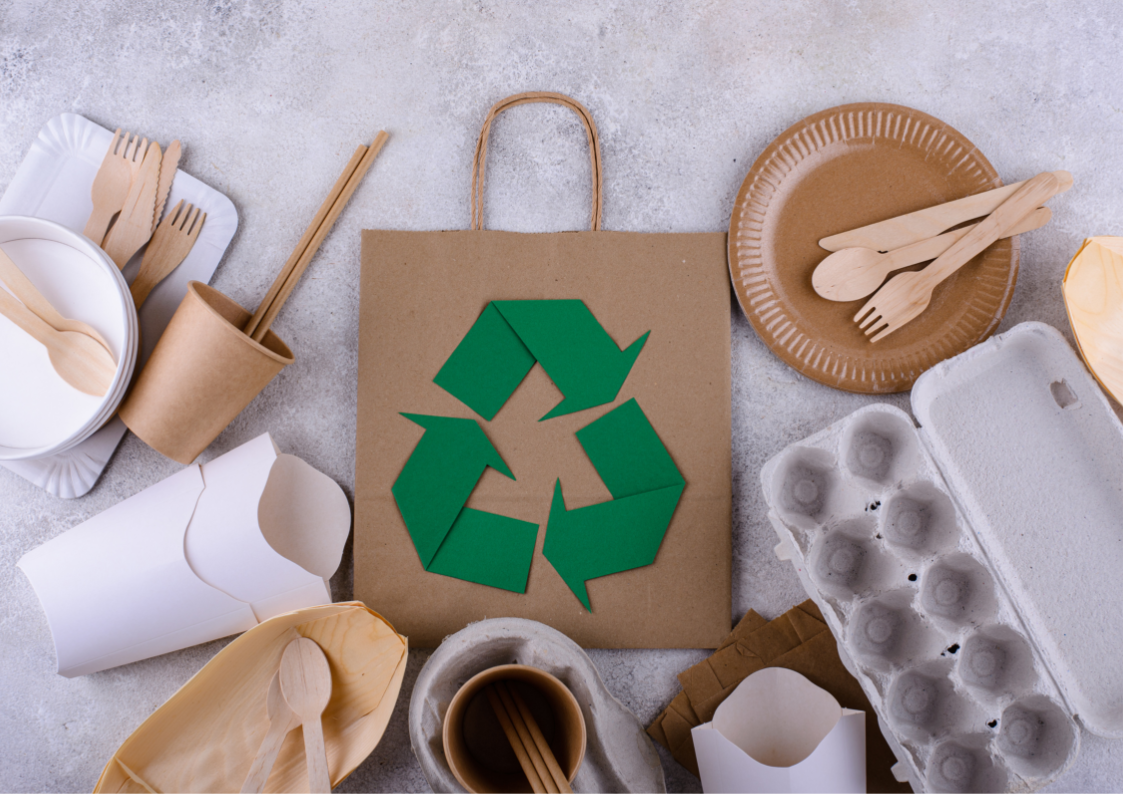The global pollution crisis is one of the most pressing issues of our time, affecting the health of our planet, its ecosystems, and its inhabitants. In various forms, pollution poses a significant threat to the environment and human well-being. One of the often-overlooked contributors to this crisis is the packaging – the materials used to contain, protect, and transport products. However, by shifting towards eco-friendly packaging solutions, we can play a pivotal role in minimizing pollution and fostering a more sustainable future.
The Environmental Impact of Traditional Packaging Materials
To understand the importance of eco-friendly packaging, it’s essential to grasp the environmental impact of traditional packaging materials. These conventional materials, such as single-use plastics and non-recyclable paper, have become ubiquitous daily.
Single-Use Plastics
Single-use plastics, including bags, bottles, and packaging, significantly contribute to environmental pollution. These materials take hundreds of years to decompose, and during that time, they break down into microplastics that can infiltrate the food chain and harm wildlife.
Plastic waste that finds its way to the oceans is rising at an alarming rate. It’s estimated that more than 5.25 trillion pieces of plastic debris are in the sea. This plastic pollution endangers marine life and risks human health when consuming plastic-contaminated seafood.
Non-Recyclable Packaging
Non-recyclable or poorly designed packaging materials often end up in landfills, further exacerbating pollution problems. The slow decomposition of these materials releases harmful greenhouse gases, contributing to climate change. Additionally, the resources and energy expended in producing non-recyclable packaging materials, like styrofoam, are detrimental to the environment.
The Benefits of Eco-Friendly Packaging
Eco-friendly packaging materials offer a compelling solution to these pollution challenges. They encompass a variety of sustainable options that are designed to minimize environmental impact throughout their lifecycle.
Biodegradable Packaging
Biodegradable packaging materials are made from organic substances that break down naturally over time. These materials reduce the risk of long-lasting pollution and often produce fewer greenhouse gases during decomposition. Biodegradable plastics, for instance, disintegrate into harmless components, leaving no lasting ecological footprint.
Recycled and Recyclable Packaging
Using recycled and recyclable materials in packaging reduces the need for new resource extraction and minimizes waste. Consumers can easily recycle packaging materials, promoting a circular economy, reducing the demand for new resources, and lowering pollution levels.
Reduced Packaging
Another eco-friendly approach is to reduce the amount of packaging used. This method reduces material consumption, waste generation, and transportation-related emissions. Smaller, more efficient packaging designs can help conserve resources and minimize pollution.
Innovative Solutions for Eco-Friendly Packaging
In recent years, innovative solutions have emerged to address the pollution crisis through eco-friendly packaging. These solutions go beyond just the materials used and encompass changes in packaging design, transportation, and consumer behavior.
Sustainable Design
Eco-friendly packaging is not just about the materials but also about smart design. Companies are increasingly investing in packaging that minimizes waste and utilizes fewer resources. For instance, “smart packaging” with QR codes for recycling information helps consumers properly dispose of materials, reducing pollution.
Packaging Alternatives
Innovative packaging alternatives are gaining traction. Edible packaging, made from ingredients like seaweed or rice, is a promising option that could replace single-use plastics in some applications. Packaging from agricultural waste, such as mushroom mycelium, provides a sustainable and biodegradable alternative.
Local Sourcing and Manufacturing
Reducing the environmental impact of packaging also involves sourcing materials locally and reducing transportation distances. Local production and sourcing of packaging materials can decrease emissions associated with shipping and contribute to a smaller carbon footprint.
Consumer Education
Educating consumers about eco-friendly packaging is crucial. When people understand the benefits of recycling, reusing, and reducing waste, they are more likely to make environmentally responsible choices. Companies can play a significant role by labeling their products with clear recycling instructions and promoting sustainability in their marketing.
